How to make it: instructions, recipes, common hiccups & more


We recommend using a food scale! Using a scale makes it easier to measure your ice cream mix more reliably. This helps you make more consistent, delicious ice cream every time (here’s one we recommend)!
WATCH THIS FIRST—DON’T SKIP!
SCROLL DOWN TO SEE TROUBLESHOOTING TIPS
ICE CREAM BASE RECIPES
Important note on sweetness: we do our best to cater to everyone’s taste, but you may find you want your ice cream a bit more sweet. If you do, we recommend adding a touch of stevia powder to your base (here’s one we recommend). You can also add more ice cream mix, but too much can affect the texture.

FIT SWEET TREATS RECIPE CARDS

TROUBLESHOOTING TIPS
Choose the preparation method you need help with (click to jump to section):
Don’t hesitate to reach out to [email protected] for help!
Ice cream maker troubleshooting:
Try these tips:
For larger ice cream makers (like some Cuisinart models) this is caused by the machine’s rapid churning (basically, air is being whipped into the base before it has time to fully freeze). To fix this, try turning the machine off before too much air is incorporated. Then, cover the bowl and let freeze for 10-15 minutes. After that, turn the machine back on to briefly mix before serving. Using a partial amount of a higher fat liquid in your ice cream base (e.g. whole milk or half and half) can also help with the texture.
Try these tips:
Try these tips:
Use less ice cream base.
Stir in more powdered mix once the ice cream is done to make it sweeter. Alternatively, add extra sweetener of your choice (this will stretch your ice cream mix a bit further).
Use less powdered mix next time to make it less sweet.
Try these tips:
Ninja CREAMi troubleshooting:
Try these tips:
Try these tips:
Try these tips:
Use less powdered mix next time to make it less sweet.
Try these tips:
Try spinning on the “ICE CREAM” setting instead of “LITE ICE CREAM.”
Blender method troubleshooting:
Here are some tips:
An air bubble has likely formed at the base of the blender. Turn the blender off, use a spoon to stir the mixture and release the bubble. Then, begin blending again starting at the lowest setting and gradually increasing the speed.
You likely need to increase the blender speed. Gradually increase the speed to create a vortex. Increase the speed more rapidly if necessary or consider adding a splash of water, mixing and then begin blending once again.
Try blending at a lower speed for a longer amount of time. The higher speed you use to blend your ice cream, the lighter it will be.
Add more powdered mix once the ice cream is done and blend on low to make it sweeter. Alternatively, add extra sweetener of your choice (this will stretch your ice cream mix a bit further).
Use less powdered mix next time to make it less sweet.
Try these tips:
Mix in more ice and water to loosen the ice cream mixture. If issue persists, try another preparation method.
Freezer method troubleshooting:
Try these tips:
Use a silicone spatula to mix the mixture very thoroughly between freezing. Smash the frozen pieces vigorously to make smooth and incorporate into the rest of the base. Stirring very fast and “whipping” the ice cream in a circular motion will make it smoother—especially as it freezes and becomes thicker.
Stir in more powdered mix once the ice cream is done to make it sweeter. Alternatively, add extra sweetener of your choice (this will stretch your ice cream mix a bit further).
Use less powdered mix next time to make it less sweet.
Try these tips:
Try adding less powder when you make your next batch. Taste the ice cream base before freezing. If it isn’t quite sweet enough, add some extra sweetener of your choice (e.g. stevia or monkfruit).
PRODUCT RECOMMENDATIONS
Jump to:
Appliances:
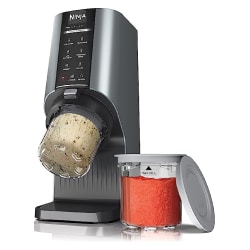
The Ninja CREAMi
Makes the best ice cream (easiest method)
Shop now
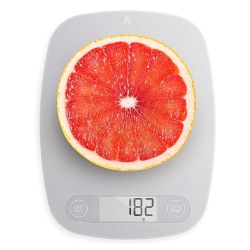
Use a food scale
Recommend a scale to make your base
Shop now
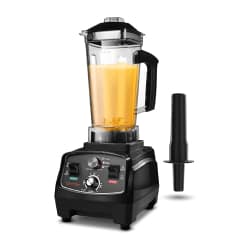
Our recommended blender
Great quality for a reasonable price
Shop now
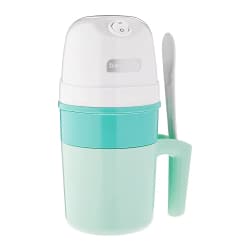
Pint ice cream maker
Make ice cream anytime while saving money
Shop now
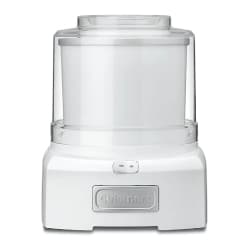
1.5 quart ice cream maker
Make ice cream anytime while saving money
Shop now
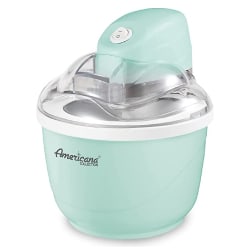
Quart ice cream maker
Make ice cream anytime while saving money
Shop now
Ingredients:
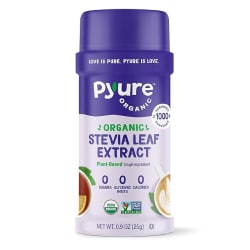
Stevia sweetener
Add sweetness to your ice cream
Shop now

Leos cookies
A healthy alternative to Oreos
Shop now

Highkey chocolate candies
A healthy alternative to M&Ms
Shop now
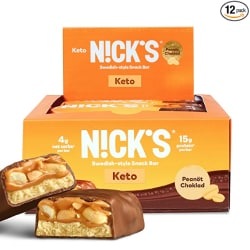
Chocolate peanut butter bar
Healthy Butterfingers dupe
Shop now

Cinnamon apple pie puffs
Crunchy sweet treat
Shop now
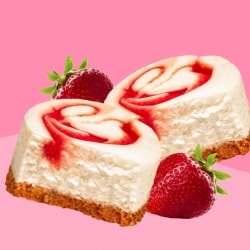
Mini strawberry cheesecakes
Keto-friendly cheesecakes
Shop now
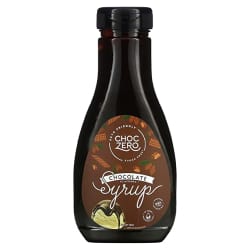
Choczero chocolate syrup
Low-carb chocolate syrup
Shop now
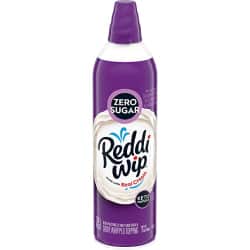
Zero-sugar whipped cream
Keto-friendly whipped cream
Shop now
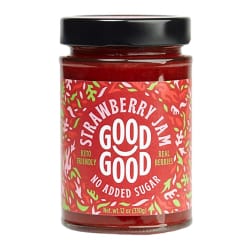
Sugar-free strawberry jam
By Good Good
Shop now

Quest Cookies
Healthy cookies (keto-friendly)
Shop now

Mint chocolate chip bars
By Power Crunch bar
Shop now
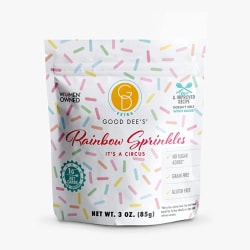
Sugar-free sprinkles
By Good Dee’s
Shop now

Orange water enhancer
By MiO
Shop now
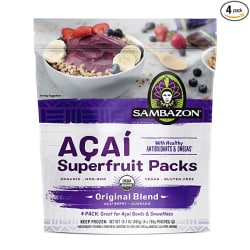
Acai berry smoothie packs
By Sambazon
Shop now
RECIPE SHARING & SUPPORT COMMUNITY

JOIN US ON FACEBOOK!
Join our Facebook group to share recipes and become a part of our fitness support community!

DID YOU KNOW?
Existing customers are eligible for a special loyalty discount! Reorder today or come back when you’re ready!


The sweeteners used in our Fit Sweet ice cream mix were selected based on the most up to date and vetted studies, FDA guidance and safety consensus supported by the preponderance of current scientific data5,6. The combination of erythritol, allulose and stevia leaf extract has consistently been shown to be by far the least impactful, safest and most well-tolerated sugar-free and low-carb sweetener blend available today1,2. They are excreted unmetabolized and unchanged even at high doses after consumption—demonstrating their non-impact on our bodies3. These sweeteners are derived naturally and can be found in everyday foods like melons, pears, grapes, figs, maple syrup, soy sauce, miso and wine1,2,4.
Sign up to get notified when we expand to your country!
Need an answer to a different question? Ask it below and we’ll get back to you or add it to the FAQ!
Looking for support? Please email [email protected]